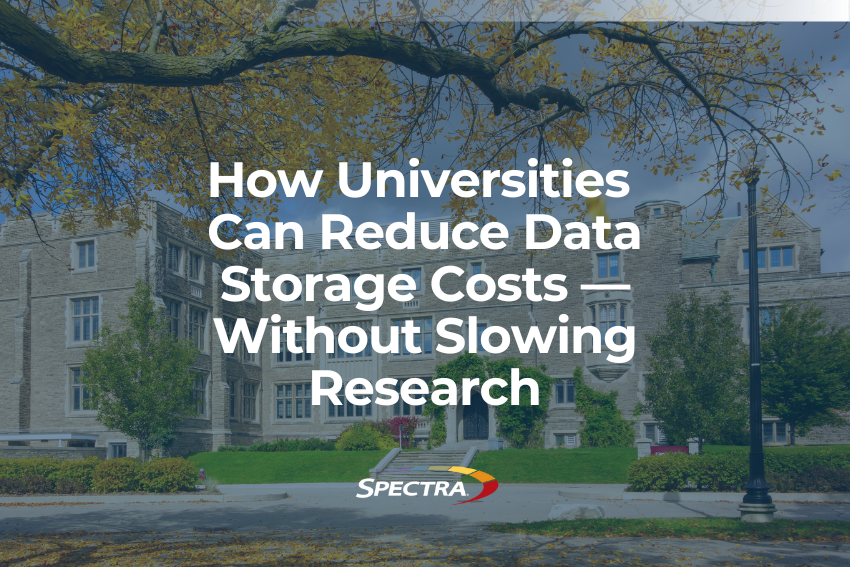The idea is that, in the event that data in a specific location becomes corrupted or is inaccessible, availability is improved when multiple copies of data are stored in multiple locations. Users and applications are still able to access data so long as they are directed to a secondary location where the same data is not compromised. Ultimately, to ensure data resiliency, organizations must protect data in a number of different locations. When data from one location fails, a redundant copy of data seamlessly takes over, allowing users and applications to continue undisrupted operations.

Data resiliency techniques
Resiliency techniques will likely vary depending on the workload, with mission-critical data workflows that support live or transactional business services being prioritized to shorten recovery time and avoid long outages. When choosing the best data resiliency techniques, organizations should take into account an overall business continuity plan, establishing recovery time objectives for different data workflows based on data usage and business needs.
A comprehensive data resiliency strategy might include backups, snapshots, mirrored copies of data, synchronous and asynchronous replication and off-site redundancy. Storing data in the cloud in a number of different locations is another way to achieve off-site data redundancy. While time to data should be a factor when determining which technique is best for specific data workloads, no one location is better than the other; availability is improved when data is stored in multiple places.
Employing a sound data resiliency strategy
A strong data resiliency strategy significantly reduces your data’s vulnerability, reducing the risk of critical data loss and minimizing impact from downtime, outages, data breaches and natural disasters. In a truly resilient system, data springs back seamlessly and users never know that a disruption has occurred. Resilient systems also enable organizations to avoid downtime when performing upgrades, data migration and planned maintenance.
When information is threatened, it is essential that organizations have measures in place to ensure data isn’t permanently lost. In case of equipment failures, power outages or other disruptions, having a strong and tested data resiliency strategy will help organizations meet their data recovery goals. Dedicated solely to storage innovation for more than 40 years, Spectra Logic designs purpose-built data storage and data management solutions to help organizations achieve data resiliency and preserve data indefinitely.







